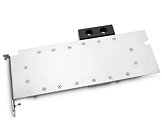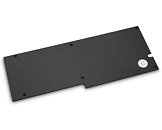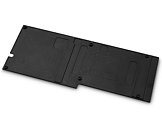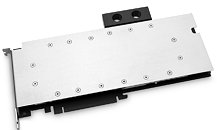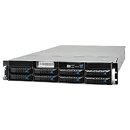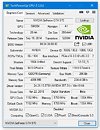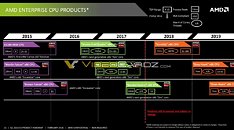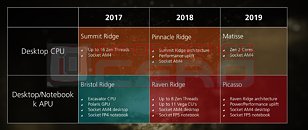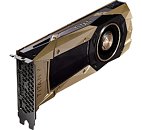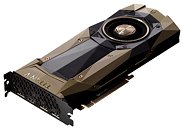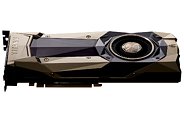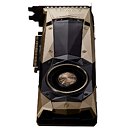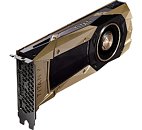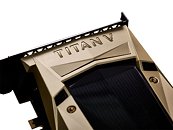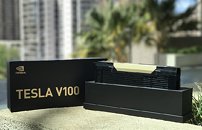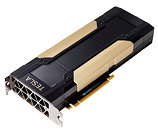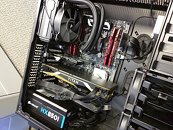TOP500: Frontier Keeps Top Spot, Aurora Officially Becomes the Second Exascale Machine
The 63rd edition of the TOP500 reveals that Frontier has once again claimed the top spot, despite no longer being the only exascale machine on the list. Additionally, a new system has found its way into the Top 10.
The Frontier system at Oak Ridge National Laboratory in Tennessee, USA remains the most powerful system on the list with an HPL score of 1.206 EFlop/s. The system has a total of 8,699,904 combined CPU and GPU cores, an HPE Cray EX architecture that combines 3rd Gen AMD EPYC CPUs optimized for HPC and AI with AMD Instinct MI250X accelerators, and it relies on Cray's Slingshot 11 network for data transfer. On top of that, this machine has an impressive power efficiency rating of 52.93 GFlops/Watt - putting Frontier at the No. 13 spot on the GREEN500.
The Frontier system at Oak Ridge National Laboratory in Tennessee, USA remains the most powerful system on the list with an HPL score of 1.206 EFlop/s. The system has a total of 8,699,904 combined CPU and GPU cores, an HPE Cray EX architecture that combines 3rd Gen AMD EPYC CPUs optimized for HPC and AI with AMD Instinct MI250X accelerators, and it relies on Cray's Slingshot 11 network for data transfer. On top of that, this machine has an impressive power efficiency rating of 52.93 GFlops/Watt - putting Frontier at the No. 13 spot on the GREEN500.











